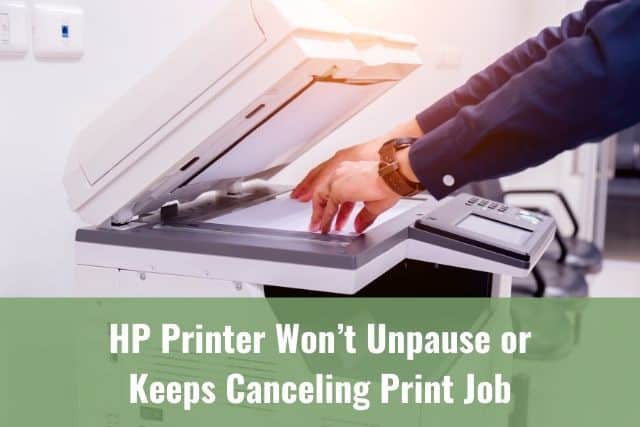

#HP KEEP IT SIMPLE PRINTER FREE#
Always fan the sheets out before sticking them in the printer tray so they can break free of their neighbors too. Check with what the manufacturer recommends, don’t assume that one bargain-priced stack of white sheets is the same as the rest, and never mix two brands or types of paper in the same tray. Jams are ridiculously frustrating, and the type of paper you use might be the issue. Also, make sure you’re buying the right printer for the job, and using the right refill or ink subscription services for your needs, which I explain more below. Consumer Reports recommends using aftermarket ink whenever possible.

When it comes to price, well, that’s a tricky one. And if you’re not printing a photo or color image, select “Grayscale” or “Black & White” instead of color. If you’re just printing plain black text, bump the quality level down to “Draft” in the printer pop-up window. To save all the way around, only print the quality you need for a specific job. Some models use more ink than others during routine maintenance, which could be wiping you out too. Almost all modern inkjet printers have built-in routines to keep the ink cartridges in tip-top shape, which means you have to leave your printer “on” all the time. There are three main issues with ink: it dries up, it runs out too fast, and it’s incredibly expensive. If you have a “WPS”, which stands for “Wi-Fi Protected Setup,” button on your router (or in the router app on your computer or smartphone) pressing it can help the two gadgets clear things up by telling your router to chill out for a moment and let your computer and printer communicate. Routers sometimes mistakenly stand in the way because they’re trying to keep you safe from rogue wireless connections. If that doesn’t work, your router might be the problem.

That reintroduces my printer and computer to each other, and often gets them on the right track. What’s worked best for me in general is to delete the printer from my laptop (by pressing the minus button in my printer settings) and then add it back on again. (If you want step-by-step help for doing that, I added a short guide here.)
#HP KEEP IT SIMPLE PRINTER UPDATE#
Get the basics out of the way first: restart both your printer and computer, and update your drivers. Most of the time connection woes come down to your computer and your printer not being on the same page (pun intended). Rather than wallow in our collective printer problems, here are top issues with modern AIO’s and the easiest ways to fix them. In a time when we have tech to help blind people see, computers so small you can swallow them and speakers that answer our questions, why can’t we get a freaking printer to work? According to the experts, All-In-One (AIO) home office printers that print, copy, and scan - are often built cheap, sold even cheaper, and not really meant to last that long. Sound familiar? According to a Consumer Reports survey published in March of this year, people ditch 75% of home printers within a few years of purchasing them, “because they had stopped working well or stopped working altogether.” I was almost scammed by an online service that looked like legit tech support.Trying to get customer support help was an exercise in frustration too.Cryptic messages on the tiny printer touchscreen made it nearly impossible to troubleshoot.No local stores sell “the right” ink cartridges anymore.Speaking of ink, those auto ink refills were hit or miss - rarely here when we really needed them - though the monthly charges to our credit card were like clockwork.It ran out of ink all the time - usually when something super important was due.The wireless networking rarely connected without a fuss.In the time since I first bought it and now: Watching it smash on the bricks below - a spray of glass, pop of plastic, and jerky bounce of mangled metal - was the most satisfying part of ever owning that stupid thing. I just chucked a two-year-old printer out a third story window.


 0 kommentar(er)
0 kommentar(er)
